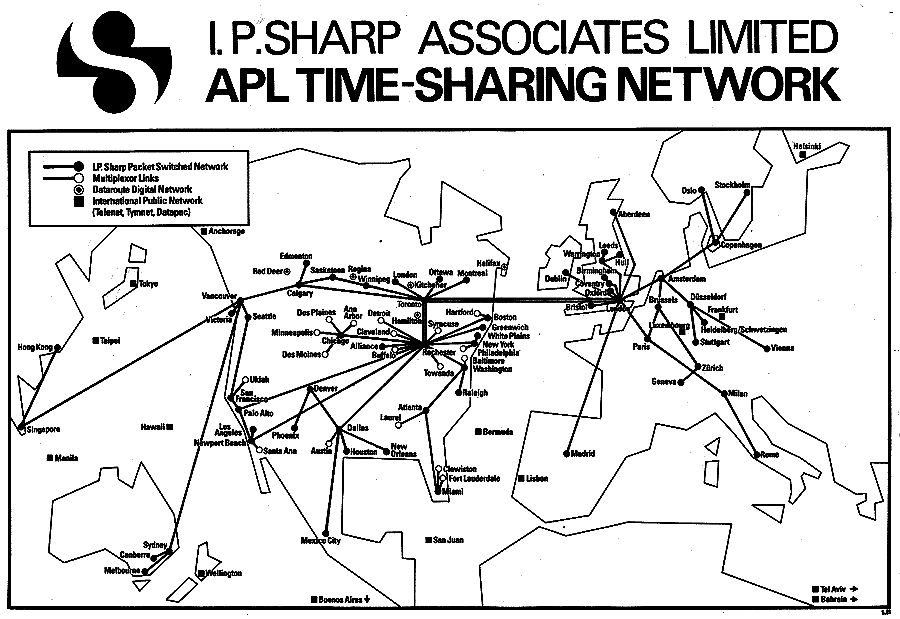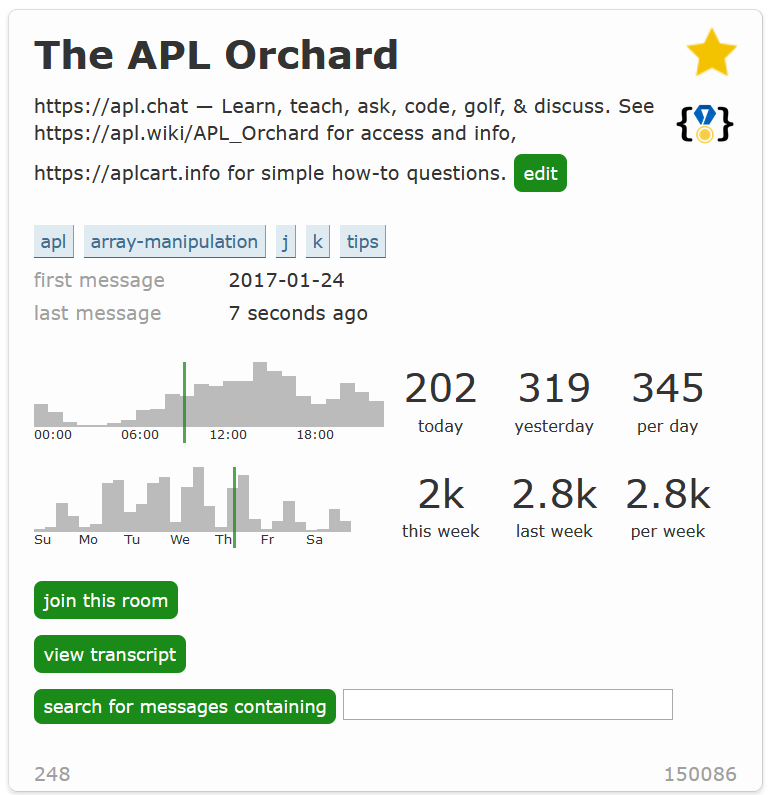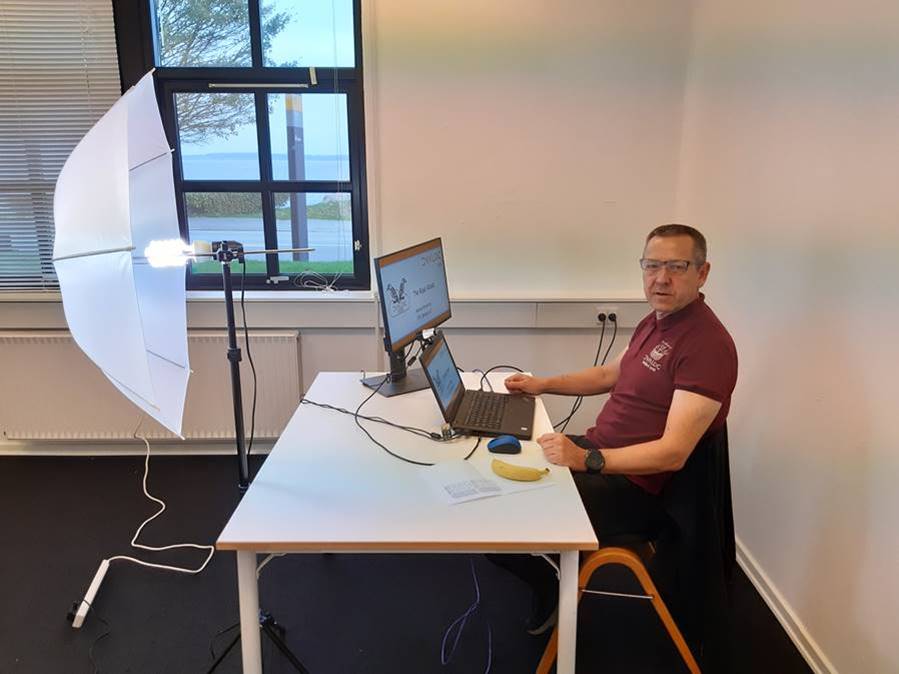![]()
I am very pleased to be able to announce the start of the Beta testing of the next release of Dyalog APL! As explained in June, we decided to delay the release of version 18.1 in order to take a closer look at some of the optimisations that had been implemented in 18.0 (and were therefore also present in 18.1).
Our analysis of the optimised code concluded that, due to the nature of many of the new algorithms involving modern vector instructions and code generated from templates, we need significantly more time to create tests that will cover absolutely all the different cases that have been implemented. As a result, we do not feel that it is in the best interests of our users to release v18.1 in its current form.
The good news is that the features of modern source code management systems, combined with our collection of regression tests, have allowed us to create a new version of Dyalog APL that contains all of the new features added to versions 18.0 and 18.1. This includes bug fixes made during these two development cycles, but not the optimisations that make us feel uncomfortable. To differentiate this version from the existing version 18.1, we have decided to call the new version 18.2.
Everyone who was signed up for the v18.1 beta programme should now be able to download v18.2 beta. If you are not signed up as a beta tester already but would like to help us with testing, please get in touch. Under Microsoft Windows, testing should be significantly simpler this year, as we have started producing Microsoft Patch files (MSP) as the delivery mechanism for updates – something I have personally been looking forward to since before I joined Dyalog Ltd!
Version 18.2 Performance
One unavoidable consequence of the above is that the performance of v18.2 is closer to that of v17.1 than to v18.0. Our own tests show that we have not been pushed ALL the way back to “square one”: v18.2 appears to be slightly faster than version 17.1. Once v18.2 has been delivered we will work on carefully re-implementing the most valuable optimisations that have been removed. We welcome your input on which primitives you think we should speed up first, so please participate in testing v18.2 and let us know what you think we should prioritise as we start work on version 19.0!
Recommendations regarding Version 18.0
Over the summer, only one additional defect related to performance optimisation was discovered and fixed. We are not currently aware of any outstanding defects in v18.0 caused by recent optimisations. Dyalog Ltd is committed to providing support for version 18.0 until the arrival of the 3rd release following it, in accordance with normal policy.
However, if you have not yet upgraded to v18.0, Dyalog Ltd strongly recommends remaining on your current version and moving directly to v18.2 when it is released. If all goes well, this will happen at the end of 2021 or very early in 2022. If you are already using v18.0, then we recommend that you make plans to start evaluating v18.2 and moving to it as soon as possible.
Conclusion – and Apology
We are painfully aware that the defects found in v18.0 and the resulting uncertainty have seriously inconvenienced some of our users, and I apologise for this. The root cause is the growth and rejuvenation of the Dyalog development team. Our original processes for quality assurance relied on years of tacit knowledge; when enthusiastic new team members break significant new ground, more explicit planning and QA processes are required to make sure that new approaches are safe and stable.
When we resume work on optimisations following the release of v18.2, this will be done according to new guidelines that require the process to begin with a careful risk/benefit analysis of any enhancement to primitive functions. We will do everything that we can to move forward in a way that will allow us all to eventually look back on the events of 2021 as a significant step towards a more capable and reliable development organisation and product.
After all, in another two years it will be time to celebrate 40 years of Dyalog APL!


 Follow
Follow In June, Mikhail Barash and Anya Helene Bagge published
In June, Mikhail Barash and Anya Helene Bagge published 




 We are happy to announce that the full set of recordings from Dyalog ’20 online is now available. So if you missed the all or any of the talks, or would like to revisit one of the presentations, head over to
We are happy to announce that the full set of recordings from Dyalog ’20 online is now available. So if you missed the all or any of the talks, or would like to revisit one of the presentations, head over to 
